Thinning Air, Crowded Skies
Others are reading now
Thinning Air, Crowded Skies
When Climate Change Reaches Orbit
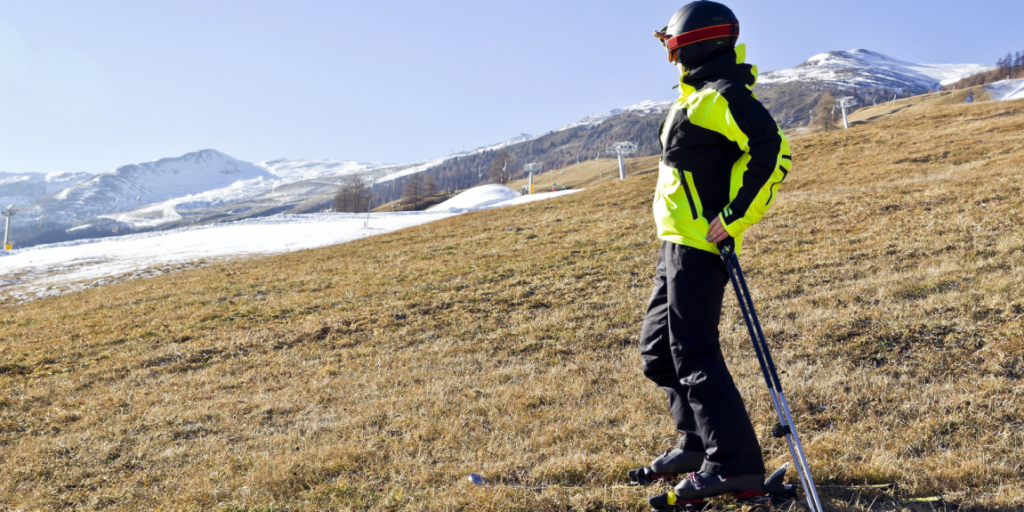
Climate change is usually associated with heatwaves, storms, and melting ice — but its effects don’t stop at Earth’s surface. High above our heads, thousands of satellites circle the planet in delicate, crowded orbits.
As humanity depends more and more on space for communication, navigation, and Earth observation, anything that alters the upper atmosphere can change how safe those orbits are.
Now scientists warn that our greenhouse gas emissions could quietly be making the space-junk problem even worse.
Thinning Air, Growing Risk
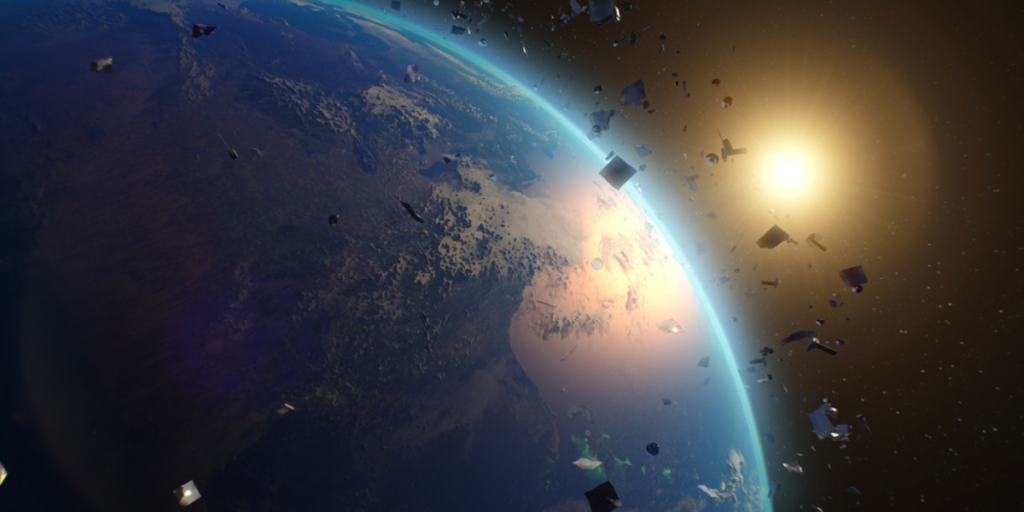
According to Space.com, new research shows that rising concentrations of greenhouse gases are thinning the upper atmosphere, reducing its density.
Also read
Under normal conditions, this thin layer of air creates a small but important drag on satellites and debris, slowly pulling dead spacecraft and fragments down to burn up.
As climate change alters the atmosphere, this drag weakens, meaning old satellites and junk stay in orbit longer, and the lower regions of space become increasingly crowded with uncontrolled objects.
The MIT Warning on Orbital Capacity
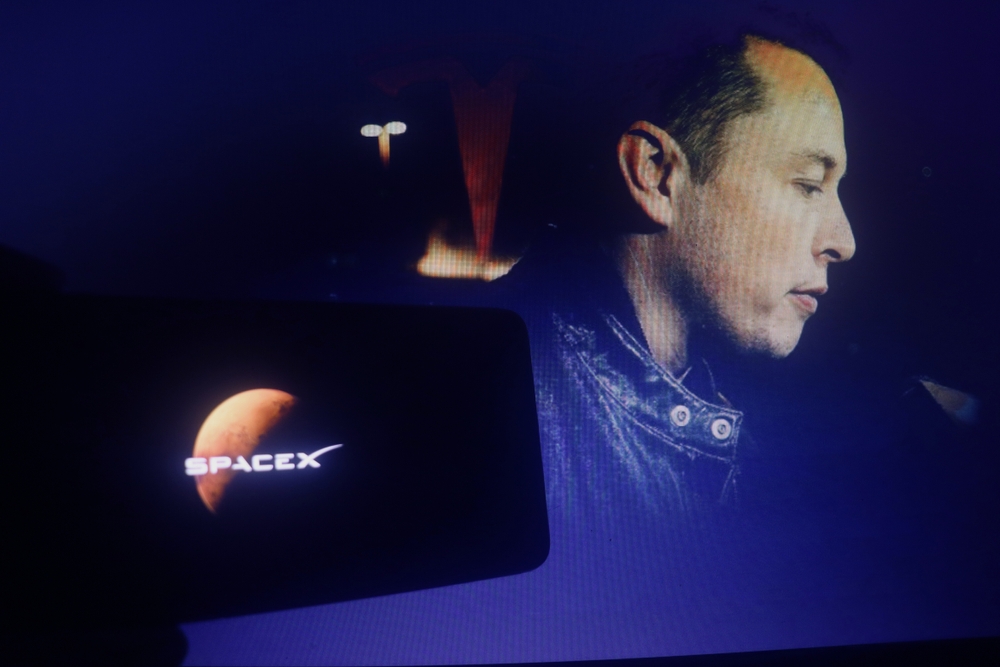
As reported by Space.com, a team of aerospace engineers at the Massachusetts Institute of Technology (MIT) modeled how this reduced drag will affect low Earth orbit over the coming decades.
Their results suggest that, by the end of this century, some orbital regions may only be able to safely host about 66% of the satellites they can today, because of the growing risk from space debris.
This is happening just as megaconstellations like SpaceX’s Starlink and Amazon’s Project Kuiper plan to add tens of thousands of satellites, pushing orbital traffic toward what the researchers call its carrying capacity.
Climate, Crowding, and Collision Cascades

Also read
Space.com notes that the MIT team found certain altitude shells are already close to their safe limits, raising the risk of runaway collision cascades, where one smash-up creates fragments that trigger more collisions.
Study co-author Richard Linares emphasized that “our behavior with greenhouse gases here on Earth over the past 100 years is having an effect on how we operate satellites over the next 100 years.” Lead author William Parker described the upper atmosphere as being in a “fragile state” just as satellite launches accelerate.
The study concludes that if emissions are not reduced and orbital traffic is not carefully managed, local debris emergencies could become a normal feature of near-Earth space.
What We’ve Learned
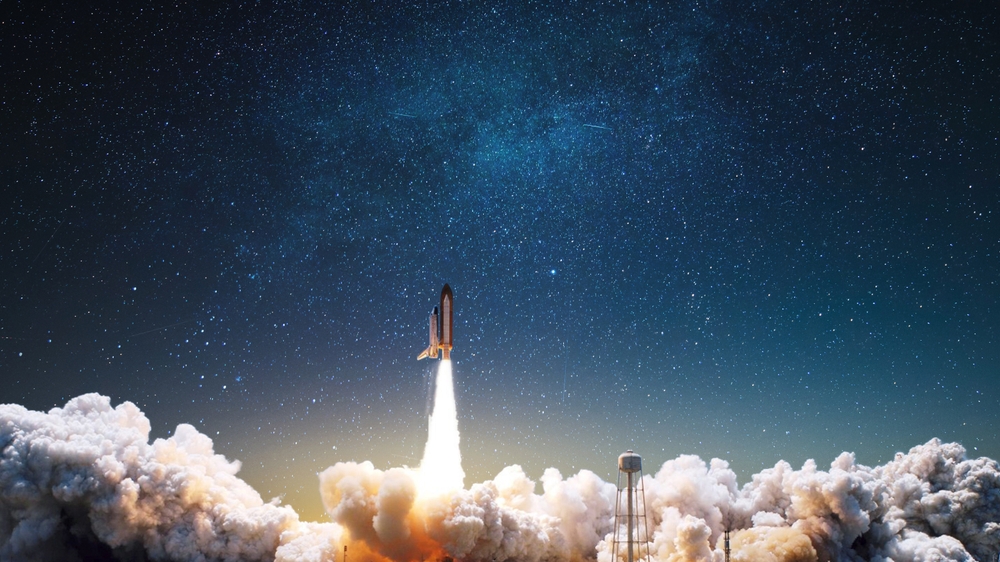
This research links two crises that often seem separate: climate change and space debris. The same gases heating our planet are also thinning the upper atmosphere, allowing space junk to linger and raising collision risks for satellites.
At the very moment we rely most on space infrastructure, the natural clean-up mechanism in orbit is weakening. The future of safe spaceflight now depends on both managing the number of satellites we launch and reducing the greenhouse gases we emit.
One Planet, One Sky
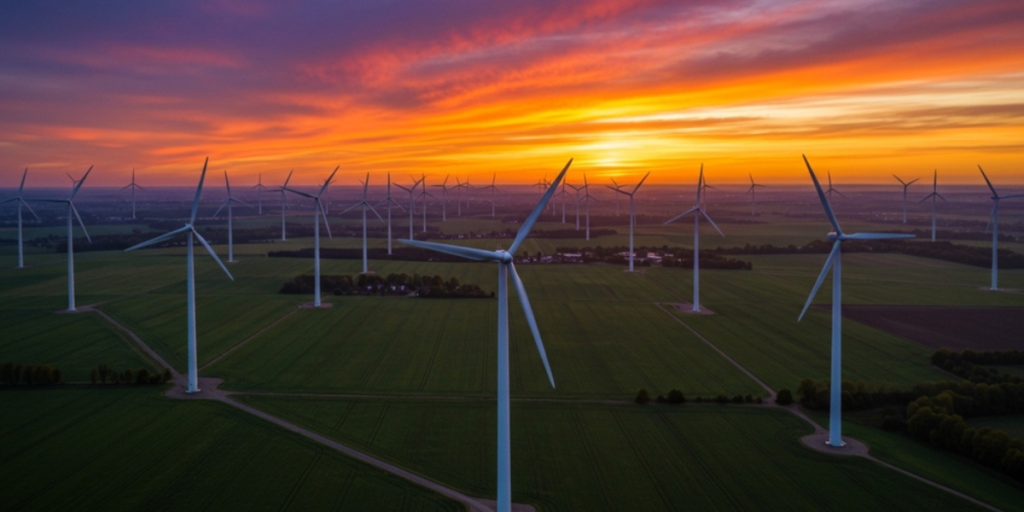
Also read
The study is a reminder that Earth and space are not separate worlds. What we do in our power plants, cities, and industries changes the air at the edge of space, and that in turn shapes how safely we can explore and use the orbital environment.
Protecting the sky above us means caring for the climate below. If we want space to remain open for science, communication, and exploration, we have to treat both Earth’s atmosphere and Earth’s orbits as shared, finite resources — and act accordingly.
This article is made and published by August M, who may have used AI in the preparation


